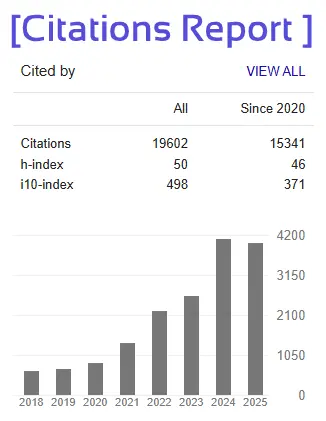Performance Management: Differences in performance appraisal methods and their influence on employee performance with the help of AI
Zinnia,
Department of MBA,
School of Business, Galgotias University.
ABSTRACT
Performance appraisal systems have long been a point of contention in organizational management, often criticized for their perceived bias, lack of transparency, and inefficiency. Traditional review methods—typically involving standardized forms and infrequent evaluation meetings—have struggled to meet the evolving needs of both organizations and employees. In response, artificial intelligence (AI)-driven performance evaluation tools have emerged, promising enhanced objectivity, real-time feedback, and improved decision-making.
A recent study conducted across several mid- to large-sized Indian organizations sought to compare conventional performance appraisal systems with AI-enabled approaches. Utilizing surveys and qualitative interviews, the researchers assessed employee perceptions and organizational outcomes associated with both models. The findings suggest that a hybrid model—one that integrates AI technologies with human oversight—produces more favorable results. Specifically, employees reported higher satisfaction levels and perceived greater developmental support under the hybrid system, indicating that human judgment continues to play a critical role in effective performance evaluation.
While AI systems excel at delivering timely feedback and identifying performance trends that may elude human evaluators, concerns persist regarding issues such as continuous surveillance, algorithmic bias, and the opacity of evaluation criteria. These apprehensions underscore the importance of transparency and human involvement in AI-driven appraisal processes. Without these elements, there is a risk of diminishing employee trust and engagement, ultimately undermining the effectiveness of the appraisal system. Therefore, organizations aiming to implement AI in performance management must prioritize ethical considerations and maintain a meaningful role for human evaluators to ensure both credibility and fairness.







